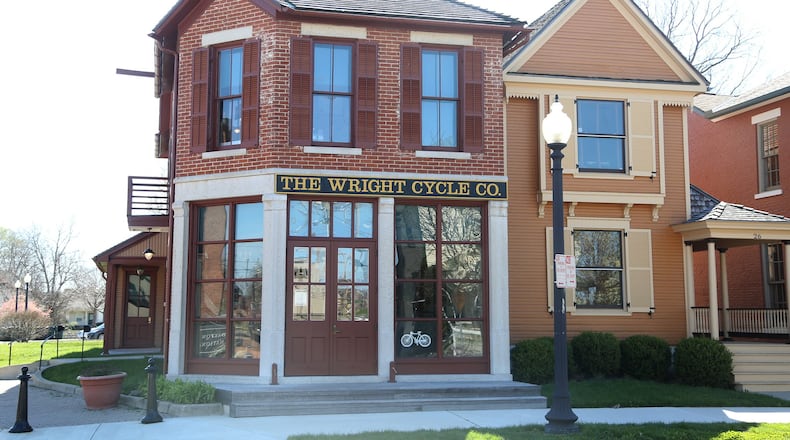Founding Dayton’s architecture
Dayton’s beginnings date back to 1796, when the first settlers arrived. Planned from the start, the city was incorporated with a few hundred residents just two years after Ohio received statehood. From 1805 to 1848, the population grew quickly to include 14,000 residents.
Over this time, architectural seeds were laid with European styles that include Italianate, Romanesque and Victorian. Some of these oldest buildings can still be seen in the dynamic preservations of the Oregon Historic District.
It includes the oldest neighborhood in Dayton — a living time capsule expressing designs from the beginning all the way to today.
These architectural stylings continued up until the late 19th century.
Rising modernism
Moving into the 20th century, Dayton saw rapid expansion and major changes. By 1896, the population had grown to 80,000, and by 1940, it would reach all the way to 210,000. During this period, Dayton saw some of its most historic changes, including the founding of the Wright Brothers’ bicycle shops.
While many were lost to time, you can still find the Wright Cycle Co. Shop in the Dayton Aviation Heritage Historical Park. A testament to the innovation of the era, the building holds its original architecture.
Current styles
From the end of WWII until 1966, Dayton saw continued growth and changes to architectural stylings. As the national highway system hit its full expansion, local residents took advantage and began to spread out more. As a result, Dayton hit its all-time population peak in 1966 with 262,000 residents.
That area saw industrial growth still preserved in the West Third Street Historic District. There you can see the evolution of Dayton through the first half of the 20th century.
Credit: Lisa Powell
Credit: Lisa Powell
From then until today, Dayton has seen many architectural styles, designs, and innovations. These days, the city is a rich mix of American history and modernization.
As you find yourself exploring the many historical districts in the area, you might find that these buildings are more than just structures — they are windows into the past.
MORE ONLINE
Find a list of Dayton’s historic districts at daytonohio.gov/223/Historic-Districts-Information.
About the Author


